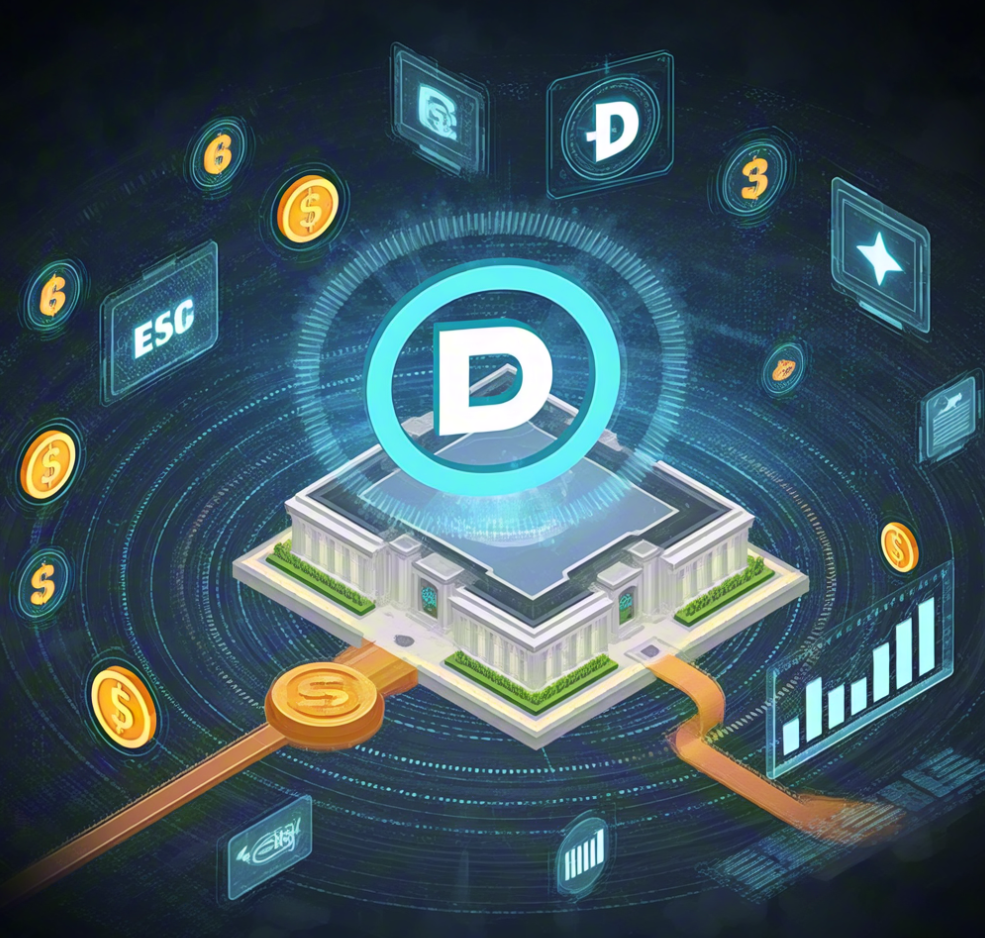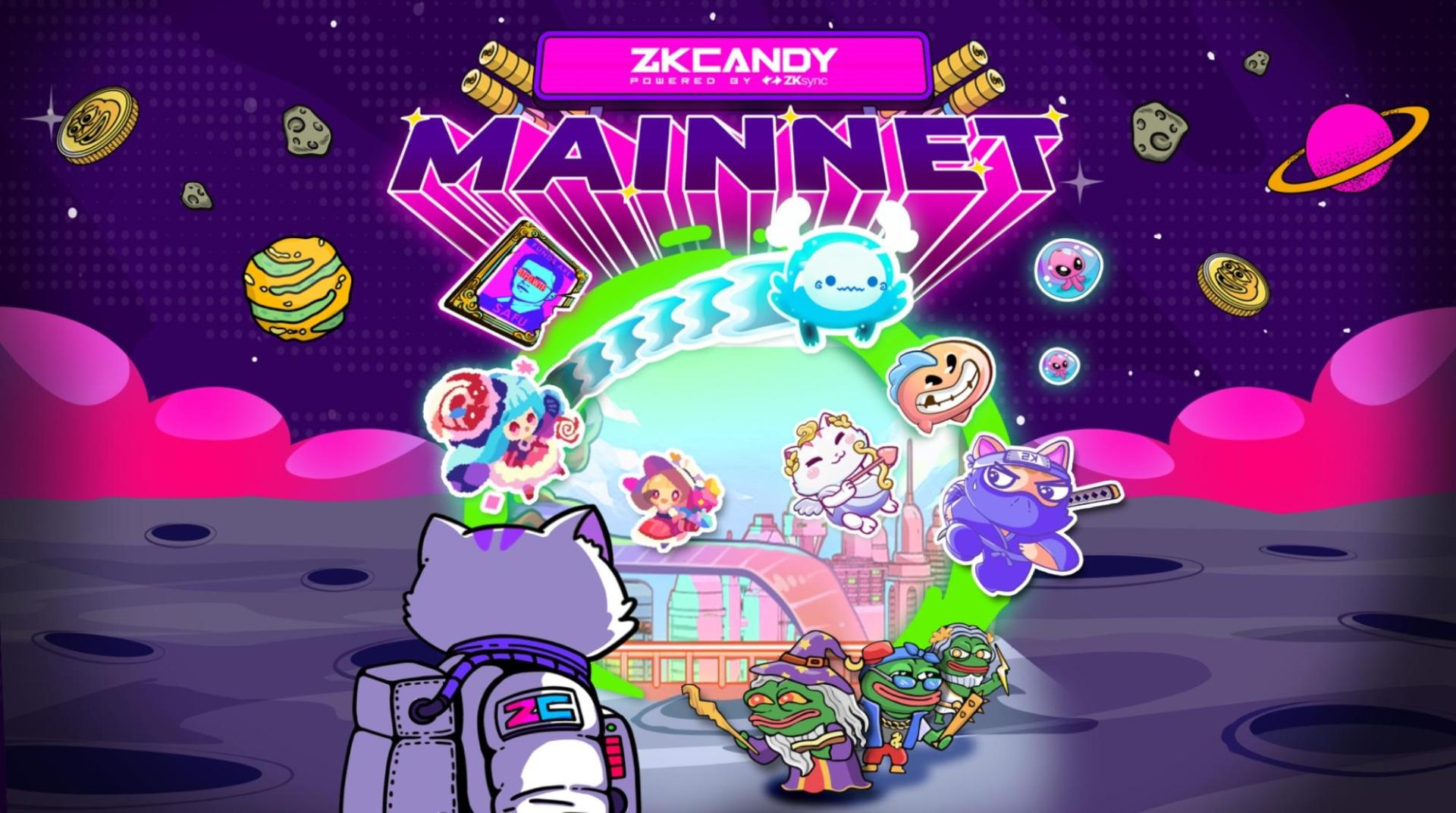DeFi 3.0 Arrives: Innovations and Challenges of DEX Platforms in the Web3.0 Era
DeFi 3.0 is gradually taking shape, bringing a new revolution to decentralized finance. This article explores the innovations and challenges of DEX platforms in the Web3.0 era, focusing on liquidity accessibility and user experience optimization. By analyzing projects like HyperliquidX and Pendle, it reveals the deep development trends of decentralized finance.
The Rise of DeFi 3.0

With the continuous maturation of blockchain technology, decentralized finance (DeFi) has gone through several stages of development. Now, we are entering the era of DeFi 3.0, which is a platform pushing innovation and optimization further based on Web3.0. DeFi 3.0 is not just an improvement upon traditional finance’s decentralization; it brings significant breakthroughs in liquidity, accessibility, and user experience.
Innovations of DEX Platforms in the Web3.0 Era

The core of Web3.0 is decentralization, emphasizing user control over their data and assets. In this context, decentralized exchange (DEX) platforms are no longer just places for trading, but are evolving into multifunctional financial service platforms.
First, DeFi 3.0 innovates liquidity by using optimized automated market makers (AMM) and liquidity pool models, making asset exchange more efficient. Projects like HyperliquidX optimize market liquidity through more precise market prediction mechanisms and liquidity aggregation, reducing slippage and improving trading efficiency.
Additionally, projects like Pendle have expanded DeFi 3.0 beyond asset trading and investment, introducing innovations like asset fragmentation and re-collateralization. This allows users to manage assets using more complex financial tools, further enriching decentralized finance's application scenarios.
Key User Experience Optimizations
User experience optimization is particularly important in DeFi 3.0. Past DEX platforms suffered from slow transaction speeds, complex interfaces, and high entry barriers, limiting DeFi’s adoption. Now, with the progress of smart contracts and on-chain technology, transaction speeds have greatly improved.
For example, optimized user interface (UI) design and more efficient smart contracts help users complete transactions more conveniently. Additionally, the integration of decentralized identity (DID) and blockchain technology enables users to register accounts and manage assets without relying on centralized platforms.
Challenges of DeFi 3.0

Despite the innovations brought by DeFi 3.0, there are still a number of challenges. First, cross-chain operations and asset interoperability remain major issues for decentralized finance platforms. The interoperability between different chains is still imperfect, and achieving seamless cross-chain trading will be crucial for the future development of DeFi.
Moreover, the regulatory issues surrounding decentralized finance are becoming more apparent. As regulatory bodies increase their focus on the blockchain industry, ensuring compliance without sacrificing decentralization and preventing illegal activities has become an important challenge for DEX platforms.
Conclusion
DeFi 3.0 is rapidly developing, with major DEX platforms continuously innovating and overcoming technological and market bottlenecks. While challenges remain, the future of decentralized finance looks promising as technology matures. Through cases like HyperliquidX and Pendle, we can see the potential of DeFi 3.0 in liquidity, user experience, and financial tool innovation. Future DeFi platforms will achieve a more efficient and secure decentralized financial ecosystem, based on optimized technology.
















No comments yet